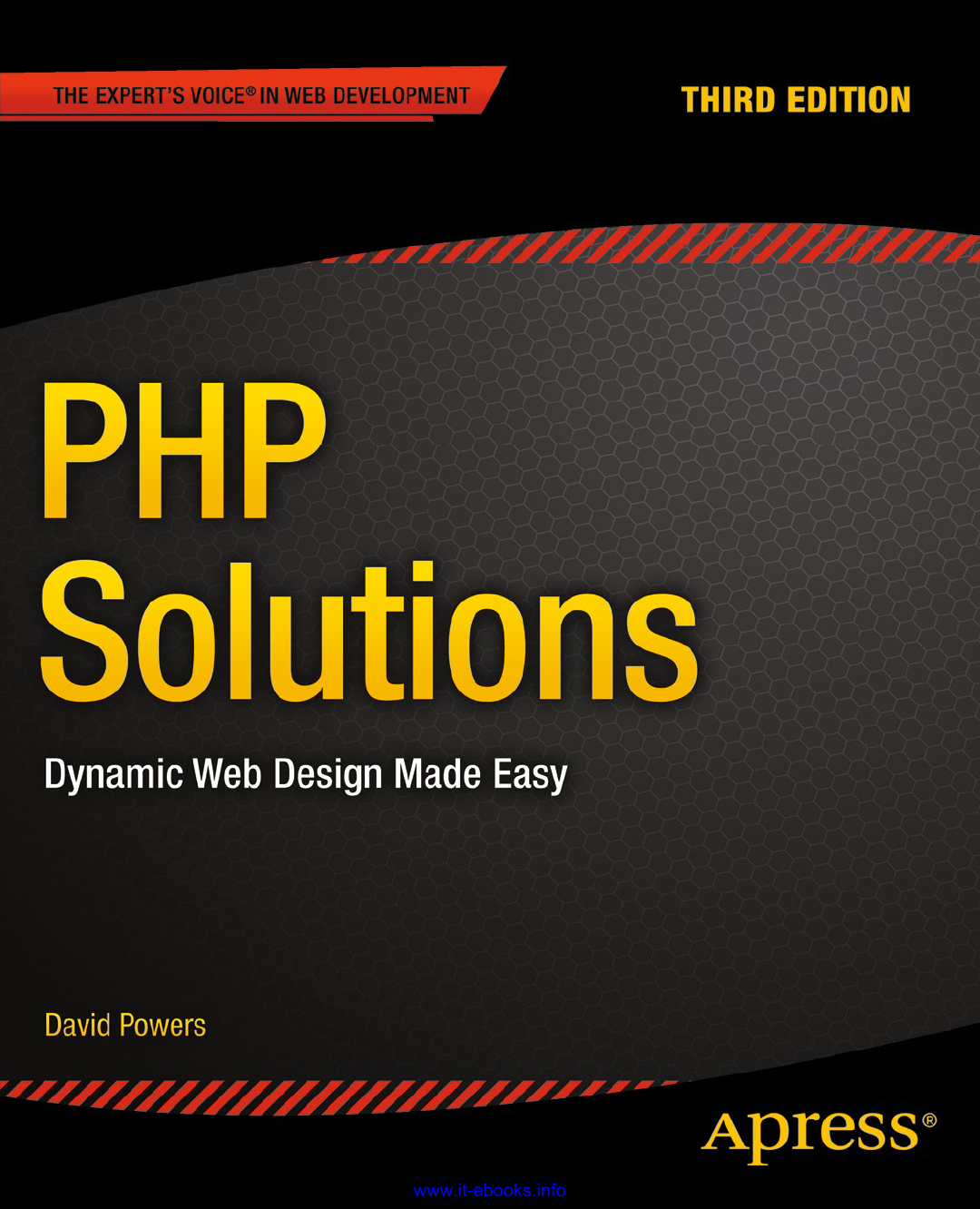Officially, PHP stands for PHP: Hypertext Preprocessor. It’s an ugly name that gives the impression that it’s strictly for
nerds or propellerheads. Nothing could be further from the truth. A lighthearted debate on the PHP general mailing
list (http://news.php.net/php.general) several years ago suggested changing what PHP stands for to Positively
Happy People or Pretty Happy Programmers. This book aims to help you put PHP to practical use—and in the process
help you understand what makes PHP programmers so happy.
PHP is a scripting language that brings websites to life in the following ways:
Sends feedback fr • om your website directly to your mailbox
• Uploads files through a webpage
• Generates thumbnails from larger images
• Reads and writes to files
• Displays and updates information dynamically
• Uses a database to display and store information
• Makes websites searchable
• And much more . . .
By reading this book, you’ll be able to do all that. PHP is easy to learn; it’s platform-neutral, so the same code runs
on Windows, Mac OS X, and Linux, and all the software you need to develop with PHP is open source and therefore free.
In this chapter, you’ll learn about the following:
• How PHP has grown into the most widely used technology for dynamic websites
• How PHP makes webpages dynamic
• How difficult—or easy—PHP is to learn
• Whether PHP is safe
• What software you need in order to write PHP.
For Users Easiness We Upload all Books on two Links. One is Download
From Link A and the other is Download From Link B. If one
link does not work properly then you can download Book from Alternative Link
Which mention above.
Please
Leave Comments. Your Comments is Our Power.






I am a undergrad student of computer science and I am going to learn web design from this semester. Thanks a lot for suggesting this book.
ReplyDelete